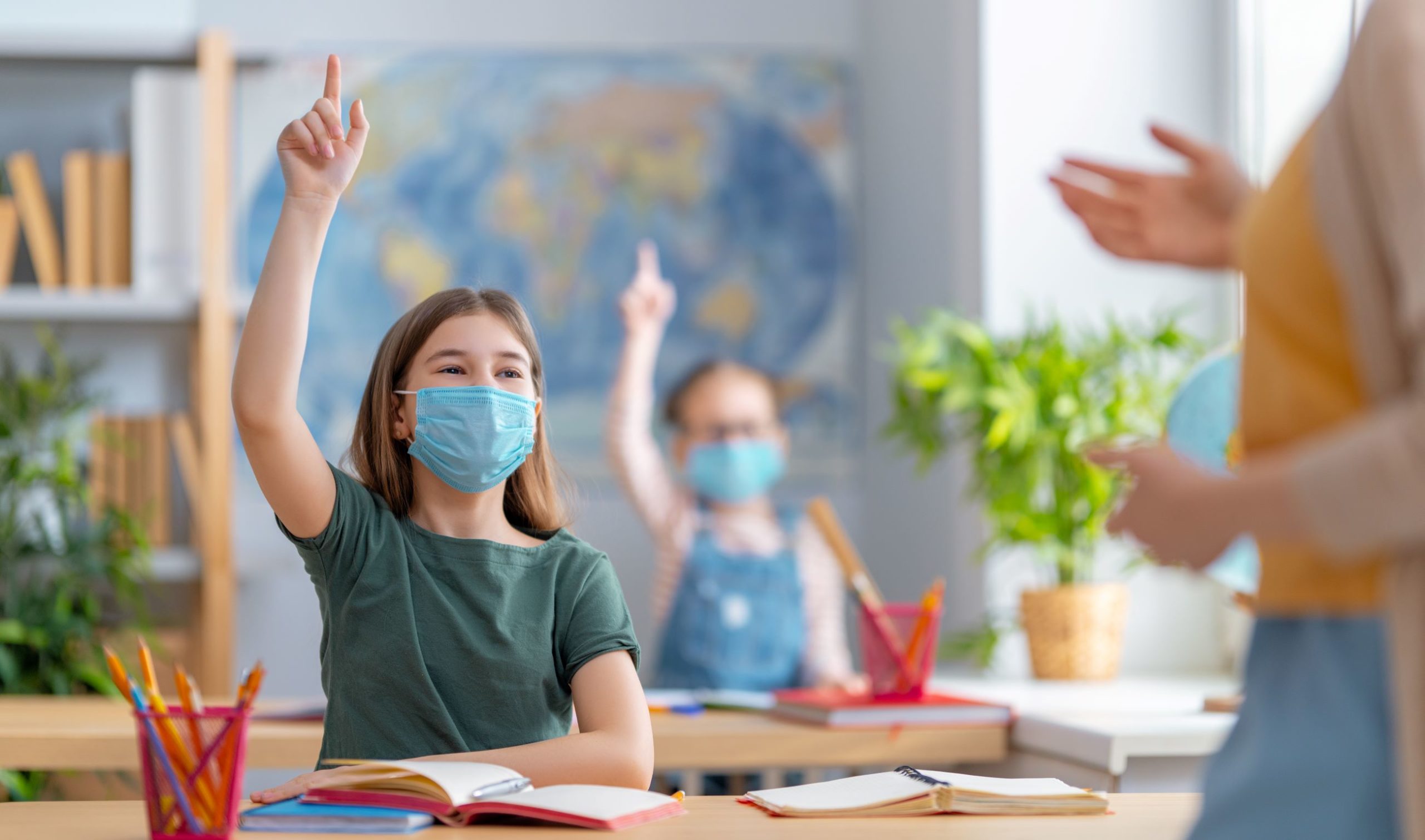
“Here we are again.” These are the words of one art teacher in Tennessee that reflect educators’ wariness about the new school year as a recent surge in COVID-19 threatens plans to resume in-person learning. Yet in the face of all this continued uncertainty, heroic educators still ask: How can I support my students? They consider both their students’ socio-emotional skills and “unfinished” academic content.
Educators are right to worry about these issues. A 2020 Pew Research Center survey of over 2,500 parents found that 65 percent of them were at least somewhat concerned about their child generally “falling behind” in school, and the majority of them were concerned about their child’s social relationships (60 percent) and emotional well-being (59 percent). Indeed, the U.S. Centers for Disease Control and Prevention suggested that virtual learning “might present more risks than in-person instruction” when it comes to mental and emotional health. Academically, widespread reports paint an alarming picture of projected and measured losses in reading and math assessment scores for many students, especially those in underserved communities. This is particularly concerning given recent data revealing that over 1 million students, mostly kindergarteners, did not enroll in school—an alarming trend referred to as the “kindergarten exodus.”
As schools and communities work to better education for the next year, it is vital that they also use the best science of learning to teach children in ways that reflect how the human brain learns.
As the new academic year begins, schools are encouraged to “accelerate learning”—rather than practice deficit-oriented remediation—a charge that will help educators move children forward after a year of tumult by addressing any unfinished content from the previous year within grade-level lessons. As schools and communities work to better education for the next year, it is vital that they also use the best science of learning to teach children in ways that reflect how the human brain learns.
Our education system has always struggled with this task. Educators and scientists alike often fall prey to a problem we call “binning.” We think of socio-emotional skills as independent from academic outcomes. We evaluate student achievement with separate reading and math assessments. In older grades, we assign each subject its own classroom and teacher.
But the science tells us that this is not the way in which human brains learn. Children don’t learn math content only in math class or out-of-school activities pre-labeled “math.” The same holds true for reading. In fact, reading and math skills are built on a similar foundation. Imagine the human brain as a house with a foundation forming a base for learning all kinds of things, like social skills, math, and reading. In the human brain, this foundation is a suite of skills referred to as executive functioning.
A new study investigated whether reading and math skills share the same cognitive base. The researchers measured first graders’ basic reading, math, and executive function skills. The scientists found that children’s outcomes in reading and math were associated with a common set of skills in both subjects, as well as executive function skills. The “house” of reading and math rested on the same psychological foundation.
This and other studies reveal that young children’s learning is not a one-to-one correspondence between a subject bin and required skills. Learning does not work like that. It is more integrated across bins and abilities. Reading is not dependent solely on the ability to identify speech sounds. Math achievement is not dependent solely on the ability to count, and even involves early literacy skills. It is crucial that educators target the foundation, which includes executive function and general knowledge. And we know how to do this through active learning—a holistic, child-centered approach to teaching.
Our team’s report for the Brookings Policy 2020 series offers an evidence-based—but flexible—framework for educators to employ this approach while leveraging their own expertise and knowledge of their students. It outlines both how children learn best and what skills children need to learn in the 21st century, and provides a checklist that educators can use to guide them through the implementation process. Pilot data even show that teachers are happier and enjoy teaching more when using a more holistic, rather than a binned, approach.
As we begin another school year filled with trepidation and hope, let’s reimagine our schools and our classrooms as places where all children can learn through methods that are informed by science, while celebrating our students and teachers.


